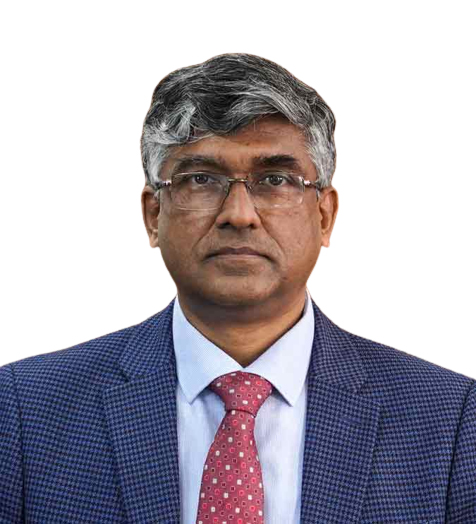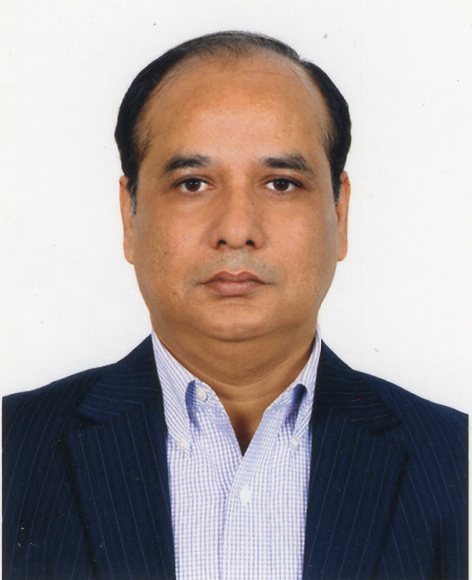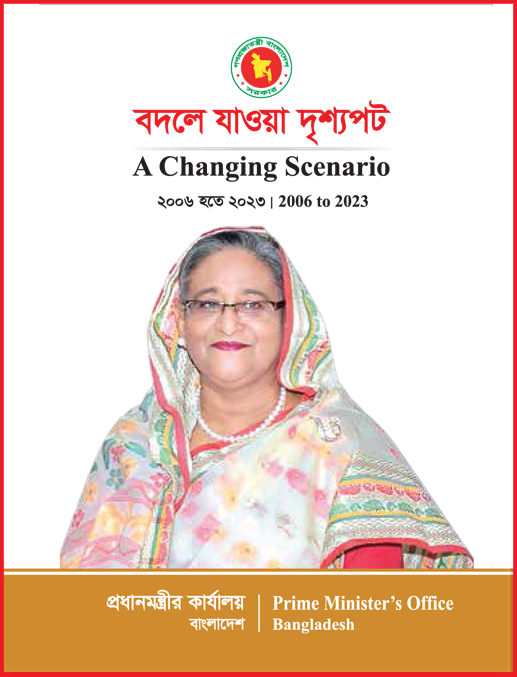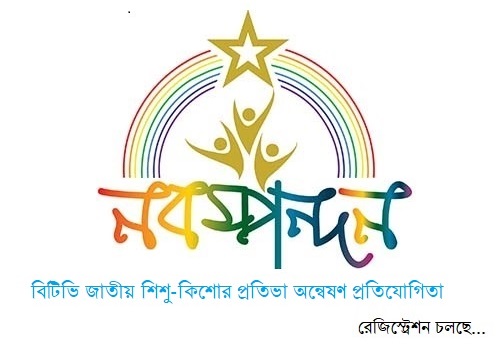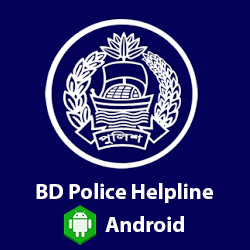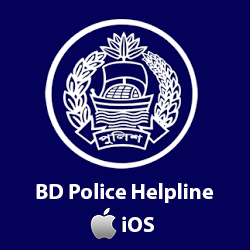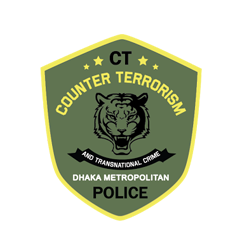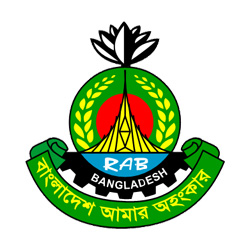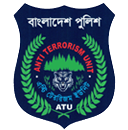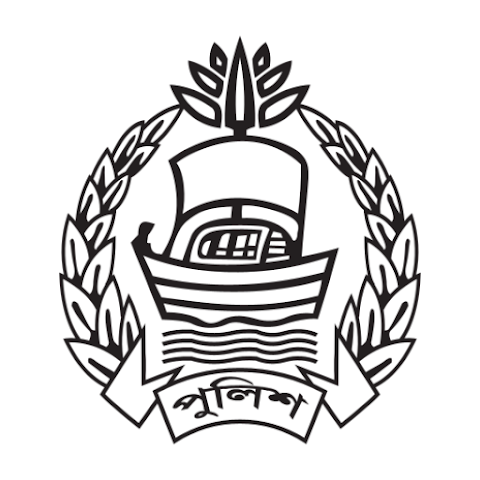Market Access Facilities
Market Access Facilities for Bangladeshi Exportable
Bangladesh as a Least Developed Country (LDC) is enjoying duty free market access or reduced tariff rate facilities to export to various developed and developing countries in the world. This facility is enhanced and privileged by the membership of World Trade Organization (WTO). Besides, Bangladesh is the member of different regional trade blocs. Thus the country enjoys duty free or reduced tariff rate access to other member countries.
WTO members always recognize the necessity of providing Duty Free Quota Free (DFQF) market access to LDCs. It was decided in the 6th WTO Ministerial Conference held in Hong Kong in 2005. All developed countries will provide DFQF market access to LDCs for at least 97% tariff lines. Bangladesh is getting DFQF market access to different markets.This is the first legally binding decision on DFQF for LDCs.
- Generalized System ofPreferences (GSP):
- Bangladesh is getting GSP facilities from 38 countries;
- European Union – 28 countries.
- Others - Australia, Belarus, Canada, Liechtenstein, Japan, New Zealand, Norway, Russian Federation, Switzerland and Turkey – 10 countries.
- EU GSP – Generalized System of Preference to developing countries and LDCs which was adopted in 1968 and became effective in 1971. EU GSP offers either lower tariffs or completely duty-free access for imports from 90 developing countries and territories into the EU market.
EU GSP scheme also grants duty free access for the 50 least developed countries under “Everything but Arms (EBA)” scheme.EBA grants duty-free quota-free access to all products, except for arms and ammunitions, covering 99% of all tariff lines.EU adopted a reformed GSP law on 31 October 2012, which made applicable from 1 January 2014.
Rules of Origin: Rules for identification of origin of goods
- Two types :
- Wholly obtained: Products are wholly obtained in a single beneficiary country (or in the EU, in the case of bilateral cumulation) if only that country has been involved in their production.
- Substantially transformed – requires substantial/sufficient production activities to be done in the exporting country.
Substantial transformation can be ascertained mainly by three criteria:
- Value addition criteria: Minimum domestic content or maximum import content
- Specific process criteria: Minimum manufacturing processes to be undertaken
- CTH (Change of Tariff Heading) criteria: Change of Chapter, Change of Tariff Heading (CTH), Change of Tariff Sub-heading (CTSH) etc.
- GSP Scheme of Japan and Bangladesh: Japan originally established its Generalized System of Preferences scheme (GSP) on August 1, 1971.
Japan’s GSP scheme includes a general preferential regime and a special preferential regime.
Japan grants preferential tariff treatment under its GSP scheme to 137 developing countries and 14 territories.
LDCs are granted duty free and quota free market access in 5415 products of which 1383 are agricultural products and 4034 are industrial products.
Rules of Origin:
- Recognized as originating in that country under the origin criteria of the Japanese GSP scheme, and
- Transported to Japan in accordance with its rules for transportation.
- RMG from Bangladesh is getting one stage policy in determining Rules of Origin to Japanese market.
- GSP Scheme of Australia: Duty-free and quota-free entry from the 49 LDCs and East Timor (treated as an LDC) with effect from 1 July 2003.
- The preferential scheme GSP-50 for LDCs offers duty free treatment to all LDCs in case of all tariff lines.
Rules of Origin:
- the final process of the imported good must have been carried out in the beneficiary country;
- at least 50% of the total cost of the final product must consist of labor/material from one or more developing countries (or Australia).
- GSP Scheme of New Zealand: Duty free quota-free (DFQF) access for all least developed countries on 1 July 2001.
- The preferential scheme GSP-50 for LDCs offers duty free treatment to all LDCs in case of all tariff lines.
Rules of Origin:
- wholly obtained in a LDC/LLDC, or
- partially manufactured in a LDC/LLDC.
- The final process of the imported good must have been carried out in the beneficiary country;
- At least one-half of the factory works cost of the finished products is represented consist of labor/material from one or more developing countries or from New Zealand.
DFQF access in GSP schemes of Developed Members:
|
Country |
Duty-free coverage (major exclusions) |
|
Australia |
100% |
|
Canada |
98.6% (dairy, eggs and poultry) |
|
European Union |
99.0% (arms and ammunitions) |
|
Iceland |
91.8% (Meat and dairy products, eggs, vegetables and plants, cereals and starch, other food preparations) |
|
Japan |
97.9% (rice, sugar, fishery products, articles of leather) |
|
New Zealand |
100% |
|
Norway |
100% |
|
Switzerland |
100% |
|
Russian Federation (2012) |
38.1% (exclusions cover a wide range of tariff lines including petroleum products, copper, iron ores, articles of leather, articles of apparel and clothing, etc.) |
|
United States |
82.6% (dairy products, sugar, cocoa, articles of leather, cotton, articles of apparel and clothing, other textiles and textile articles, footwear, watches, etc.) |
|
DFQF access of selected Developing Countries:
|
Country |
Duty-free coverage (major exclusions) |
|
Chile |
99.5% (wheat, wheat flour and sugar) |
|
China (2013) |
61.5%b (chemicals, machinery, paper and wood products, cotton, textiles, steel products, etc.) |
|
India |
94.1% (Meat and dairy products, vegetables, coffee, tobacco, iron and steel products, copper products, etc.) |
|
Korea, Republic of |
90.4% (meat, fish, vegetables, food products, etc.) |
|
Chinese Taipei |
31.0%. Some 136 products enjoy exclusive duty-free access, including selected plastic items, raw hides and skins, textile and clothing articles, parts of vehicles, precious stones, etc. The exclusions cover a wide range of products. |
|
Turkey (2011) |
79.7% (meat, fish, food, steel products, etc.) |
|
- South Asian Free Trade Agreement (SAFTA):
- Singed: 06 January 2004 at 12 SAARC Summit
- Member States: Afghanistan, Bangladesh, Bhutan,
India, Maldives, Nepal, Pakistan & Sri Lanka
SAFTA Sensitive Lists: The Agreement provides scope for maintaining of sensitive lists, which are not subject to tariff reduction program.Bangladesh, India and Nepal maintain different sensitive lists for LDCs and Non-LDCs.
SAFTA Sensitive list (SL):
|
Member State |
Number of Products in Original SL |
Number of Products in Revised SL (Phase-II in 2012) |
|
Afghanistan |
1072 |
858 |
|
Bangladesh |
1233 (LDCs); 1241 (NLDCs) |
987 (LDCs); 993 (NLDCs) |
|
Bhutan |
150 |
156 |
|
India |
480 (LDCs); 868 (NLDCs) |
25 (LDCs); 614 (NLDCs) |
|
Maldives |
681 |
154 |
|
Nepal |
1257 (LDCs); 1295 (NLDCs) |
998 (LDCs); 1036 (NLDCs) |
|
Pakistan |
1169 |
936 |
|
Sri Lanka |
1042 |
837 (LDCs); 963 (NLDCs) |
|
Rules of Origin:
General Rule:
Single Country Content
- LDCs- 30% Value addition(VA) plus Change of Tariff Heading(CTH) criteria
- Non LDCs- 45% Value addition(VA) plus Change of Tariff Heading(CTH) criteria
SAARC Cumulation
- LDCs- 40% Value addition(VA) plus Change of Tariff Heading (CTH) criteria
- Non LDCs- 60% Value addition(VA) plus Change of Tariff Heading (CTH) criteria
- Requirement of 20% VA in the exporting country
For Sri Lanka
- 35% Value addition(VA) plus Change of Tariff Heading(CTH) criteriaand
- 55% regional Value addition(VA) plus Change of Tariff Heading(CTH) criteriain SAARC Cumulation
- Asia Pacific Trade Agreement (APTA):
- Bangkok Agreement, signed in 1975, was the oldest PTA among developing countries.Revision of the Agreement was made in 2005, and was renamed as the Asia Pacific Trade Agreement (APTA).
Tariff Reductions: Results of 3rdRound:
|
Concession Offering Country |
Tariff Concessions as of third round |
|
|
No. of Products* |
MoP (%) |
|
|
Bangladesh |
209 |
14.1 |
|
China |
1,697 (161) |
26.7 (77.9) |
|
India |
570 (48) |
23.9 (39.7) |
|
Republic of Korea |
1,367 (306) |
35.4 (64.6) |
|
Sri Lanka |
427 (72) |
14.0 (12.0) |
|
Total |
4,270 (587) |
26.8 (58.8) |
|
* Figures in parenthesis indicate concessions given to LDCs |
||
MoP = Margin of Preference
|
APTA Rules of Origin:APTA RoO has a minimum local value addition content requirement of-
- 45% value addition for developing country members, and
- 35% value addition for least developed country members.
Value addition is measured as percentage of FOB value.
- Korea DFQF Facilities:
Korea provided Preferential Tariff to to 48 least-developed countries to 95% of tariff lines in 2012.LDCs like Bangladesh enjoy DFQF access in South Korea market at 4,802 products which amounts 95 per cent of total HS codes.
Rules of Origin:
- Products wholly produced or obtained in the exporting country.
- The value of non-originating input (CIF Price) requirement is up to 60% of the FOB price of the final products. For apparel products 40% domestic input criteria should be maintained.
- China DFQF Facility:
- China's Duty-Free Quota-Free (DFQF) Scheme is a unilateral non-reciprocal tariff preference scheme for Least Developed Countries (LDCs) under the agreement of APTA, China-ASEAN FTA and diplomatic relations with Africa. The scheme came into effect on 1 July 2010, and was renewed on 1 January 2011 with no date of expiration.
- The program covers products of 4,788 tariff lines (8-digit level), accounting for 60 per cent of all tariff lines of China.
Rules of Origin:
- Goods wholly obtained or produced entirely in the beneficiary country;
- Goods produced or manufactured entirely in the beneficiary country shall be regarded as originating provided that the last substantial transformation (Four digit tariff heading under HS) has been performed in that country or at least 40 per cent of (ad valorem percentage) of FOB value to be added locally.
- Chile DFQF Facility:
Chile's duty-free and quota-free (DFQF) scheme named "Eliminating Import Tariffs on Goods from the Least Developed Countries" entered into force on 28 February 2014 with no expiry date.Bangladesh started to get benefit in 1 January 2015.
Rules of Origin:
- The good is wholly obtained or produced entirely in the territory of a Least Developed Country,
- The good is produced entirely in the territory of a Least Developed Country, exclusively from originating materials or Value addition from non-originating materials that meet a regional value content (including packaging and packaging materials) of not less than 50% or a change in tariff heading (including packaging materials).
- Duty Free Tariff Preference of India:
India became the first developing country to extend this facility to all Least Developed Countries (LDCs). India’s Duty Free Tariff Preference (DFTPI-LDC) Scheme for LDCs came into effect in August 2008 with tariff reductions spread over five years on 4,430 items (at 6-digit HS code level), which constitutes 85% of total tariff lines.
Rules of Origin:
- Goods wholly obtained or produced entirely in the beneficiary country;
- The total value of the non-originating materials, parts, or produce used in the manufacture of the export product does not exceed 70 per cent of the Free on Board (FOB) value of the product so produced or obtained (i.e. the local value added content in the beneficiary country is at least 30 per cent)
- Change in tariff heading (4 digit level)
- The final process of manufacture is performed within the territory of the exporting beneficiary country.
For more information please download doc,
please visit.........
Export Promotion Bureau
TCB Building (1St Floor)
1 Kawran Bazar, Dhaka-1215
Tel: ++88-02-9119531, 8180090, 8180095
Fax: 88-02-9119531
Email: Info@epb.gov.bd
Website: www.epb.gov.bd

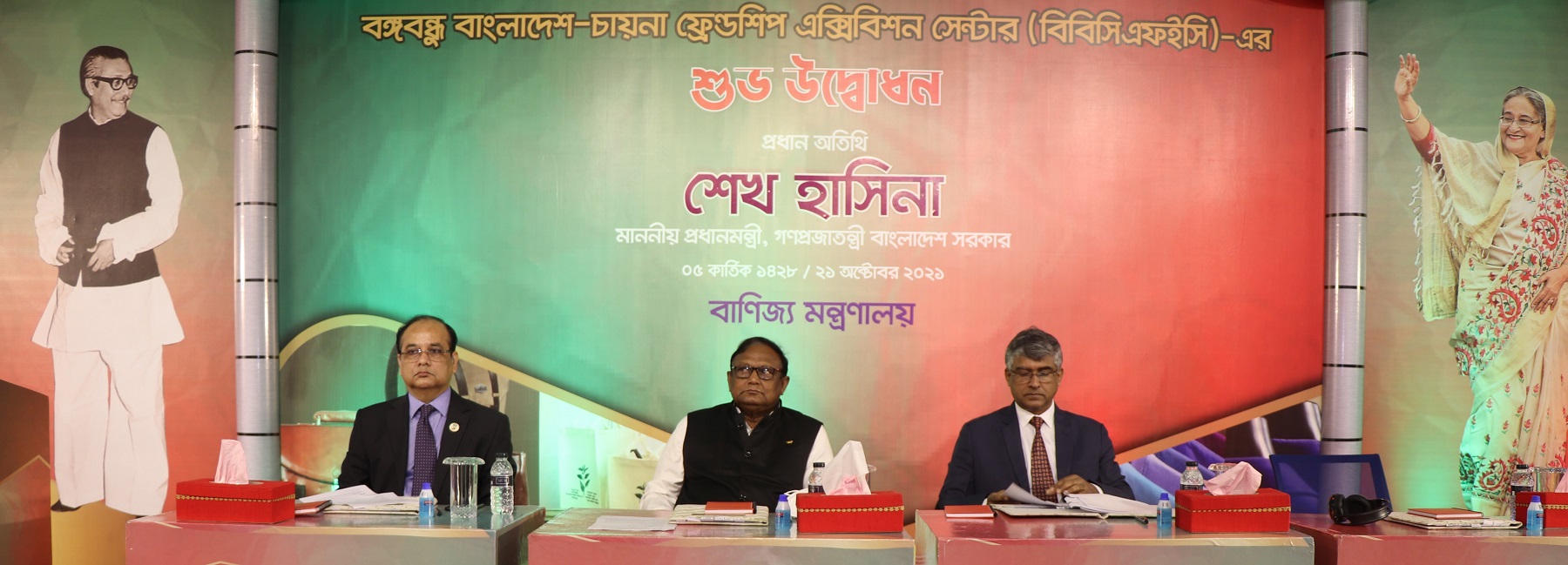



.png)


 Ahasanul
Ahasanul 